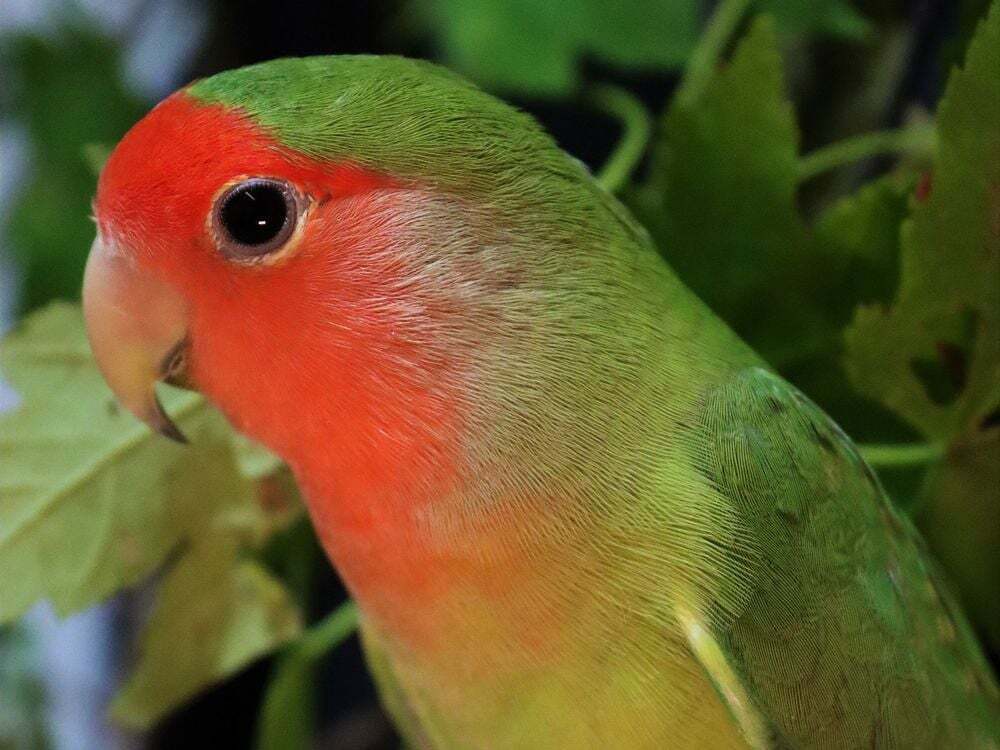The Tiniest Creatures on Earth Evolved for Speed
#science #biology #environment
The very fast (for their size) protists.
One person like that
#science #biology #environment
The very fast (for their size) protists.
https://crookedtimber.org/2024/03/16/occasional-paper-when-armor-met-lips/
"The openVertebrate project, oVert for short, is a new initiative to provide free, digital 3D vertebrate anatomy models and data to researchers, educators, students and the public."
"Over the next four years, the oVert team will CT scan 20,000 fluid-preserved specimens from US museum collections, producing high-resolution anatomical data for more than 80 percent of vertebrate genera."
"CT scanning is a nondestructive technology that reveals a specimen inside and out -- its skeleton, muscles, circulatory and nervous systems, internal organs, parasites, eggs and stomach contents."
"A selection of specimens will also be scanned with contrast-enhancing stains to characterize soft tissues."
"These digital images and 3D mesh files will be open for exploration, download and 3D printing on MorphoSource, an open-access online database."
This actually happened a year ago but I'm only finding out about it just now. Check out the images; they are pretty impressive.
#biology #reptiles #MaryRiverTurtle
Mary River turtle: The green-haired oddball that can breathe through its butt for 72 hours
https://www.livescience.com/animals/turtles/mary-river-turtle-the-green-haired-oddball-that-can-breathe-through-its-butt-for-72-hours
https://mastodon.green/@plazi_species/112059998547671324 plazi_species@mastodon.green - #NewSpecies
New many-plumed moth from #cameroon just landed:
Alucita sokolovi
Treatment: http://treatment.plazi.org/id/3D9F4858-D646-4A23-9620-E3C883642BD0
Publication: http://doi.org/10.3897/zookeys.1193.111544
#ZooKeys
#FAIRdata
#science #OA #openaccess #biology #taxonomy #ecology #biodiversity #nature #wildlife #conservation #animals #invertebrates #entomology #insects #lepidoptera #butterflies #moths #mothsmatter #savebutterflies
https://c.im/@jake4480/112055378262812827 jake4480@c.im - This honeycreeper is half male, half female, and doesn't even GIVE a fuck
I think this is a case of the science advancing far ahead of what the public thinks the science says.
An unexpected benefit.
https://ohai.social/@tangledwing/111974207703177495 tangledwing@ohai.social - The large emerald moth (Geometra papilionaria), native to the Palearctic region and the Near East. #moth #insects #nature #CC #naturephotography #biology #wildlife

#biology #platypus
The World’s Oldest Wild Platypus Shocks Scientists at 24 Years of Age
The animal was tagged in 2000, when it was estimated to be about one year old, and re-discovered alive in the wild last year
https://www.smithsonianmag.com/smart-news/the-worlds-oldest-wild-platypus-shocks-scientists-at-24-years-of-age-180983805/
#biology #birds #yellowcrestedHelmetshrike
‘Lost Bird’ not seen in 20 years photographed for the first time
The yellow-crested helmetshrike has noisy calls that match its bright feathers.
https://www.popsci.com/environment/lost-bird-helmetshrike-photos/

#biology #birds #parrots #rosyfacedLovebirds
These Parrots Use Their Beaks to Swing Across Branches Like Monkeys
Scientists have documented the unusual movement, dubbed “beakiation,” for the first time
https://www.smithsonianmag.com/science-nature/these-parrots-can-use-their-beaks-to-swing-across-branches-like-monkeys-180983694/
#biology #parrots #AfricanGrayParrots
These Parrots Won’t Stop Swearing. Will They Learn to Behave—or Corrupt the Entire Flock?
A British zoo hopes the good manners of a larger group will rub off on the eight misbehaving birds
https://www.smithsonianmag.com/smart-news/how-this-zoo-is-handling-its-foul-mouthed-parrots-180983655/

#biology #diet #SugarAndFatCravings #dopamine
Monell Center Study: New Gut-Brain Circuits Found for Sugar and Fat Cravings
Fat, sugar, and the combination of both (chocolate) navigate a gut-brain maze.
Image credit: Isadora Barga, de Lartigue lab: The blue path represents the sugar route, the green path signifies the fat route, and the yellow path represents the combined impact of fats and sugars. Each path leads to the brain, but the combined route has a greater impact, triggering heightened dopamine release in the reward circuits, emphasizing the synergistic effect of fat-sugar combinations on neural responses.
https://monell.org/monell-center-study-new-gut-brain-circuits-found-for-sugar-and-fat-cravings/
#biology #anthropology #homolongi
A Brazilian anthropologist has reconstructed the face of the archaic human species Homo longi from a well-preserved skull discovered in northeastern China in the 1930s. Homo longi is an extinct species of the genus Homo that lived in Asia during the Middle Pleistocene.
Nicknamed Dragon man, the species was identified from a nearly complete skull dated to 148,000 years ago.
https://www.sci.news/othersciences/anthropology/homo-longi-face-12609.html
#science #biology #ethology #insects
Contrary to the expectation of attraction, insects do not steer directly toward the light. Instead, insects turn their dorsum toward the light, generating flight bouts perpendicular to the source. Under natural sky light, tilting the dorsum towards the brightest visual hemisphere helps maintain proper flight attitude and control. Near artificial sources, however, this highly conserved dorsal-light-response can produce continuous steering around the light and trap an insect. Our guidance model demonstrates that this dorsal tilting is sufficient to create the seemingly erratic flight paths of insects near lights and is the most plausible model for why flying insects gather at artificial lights.